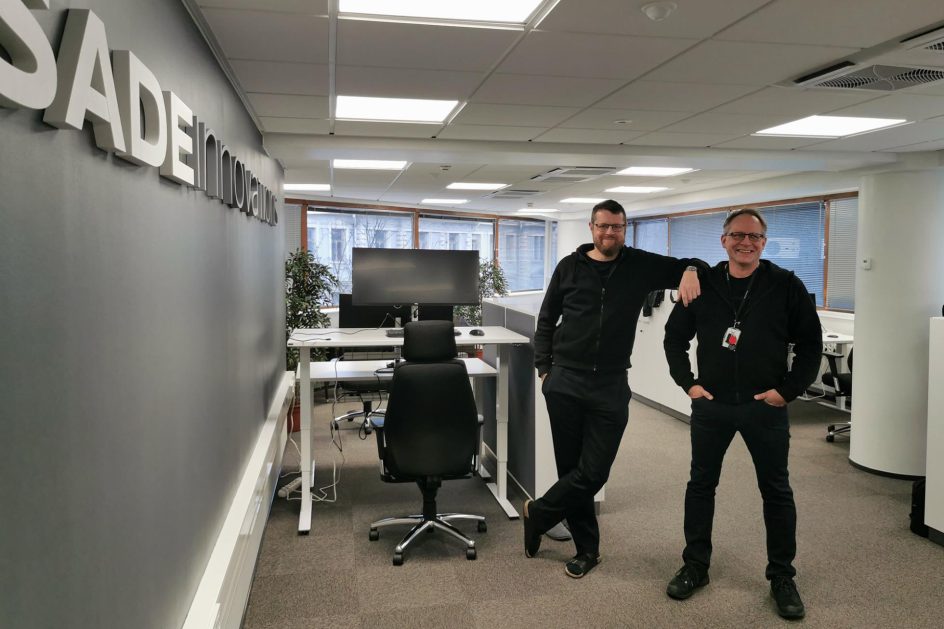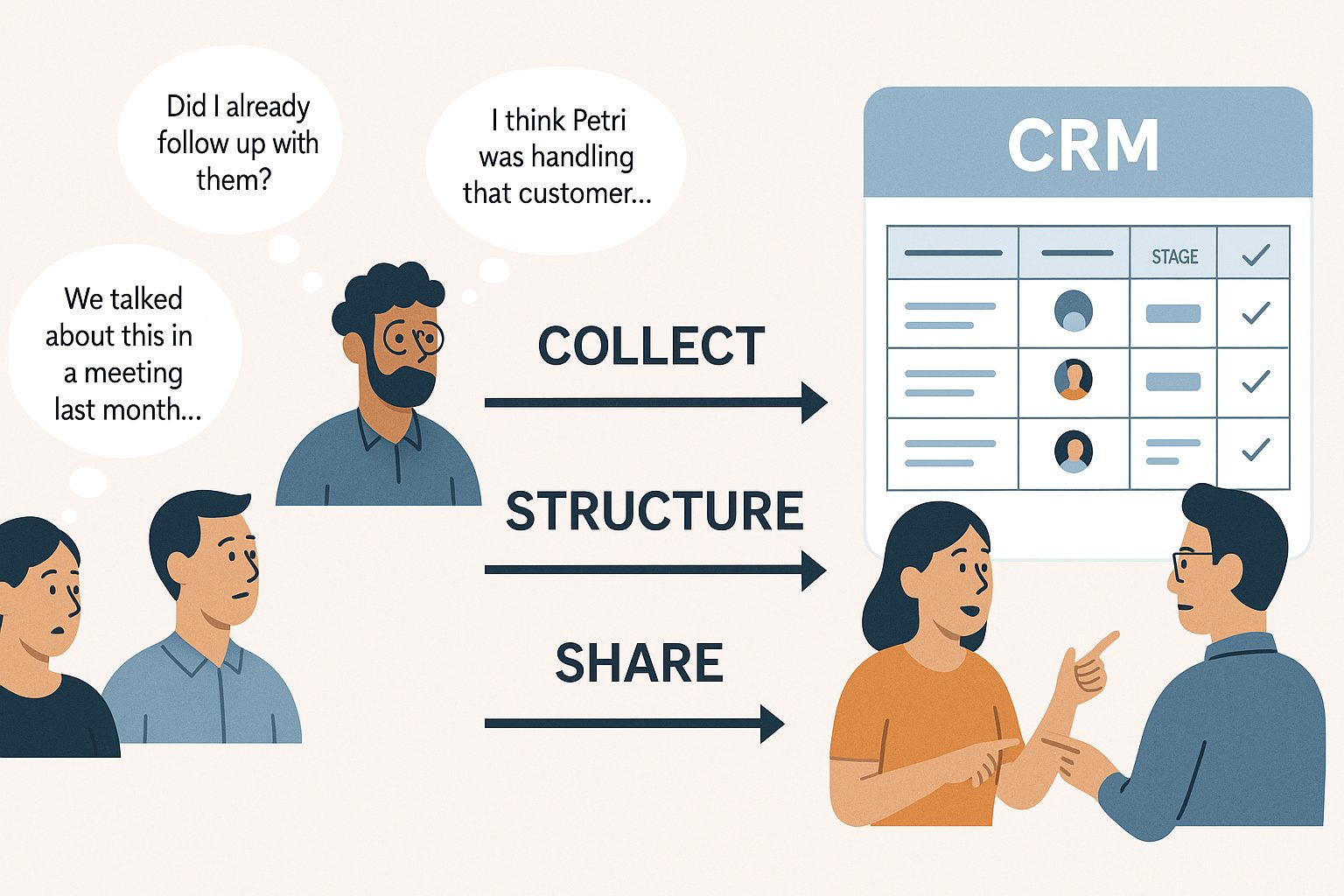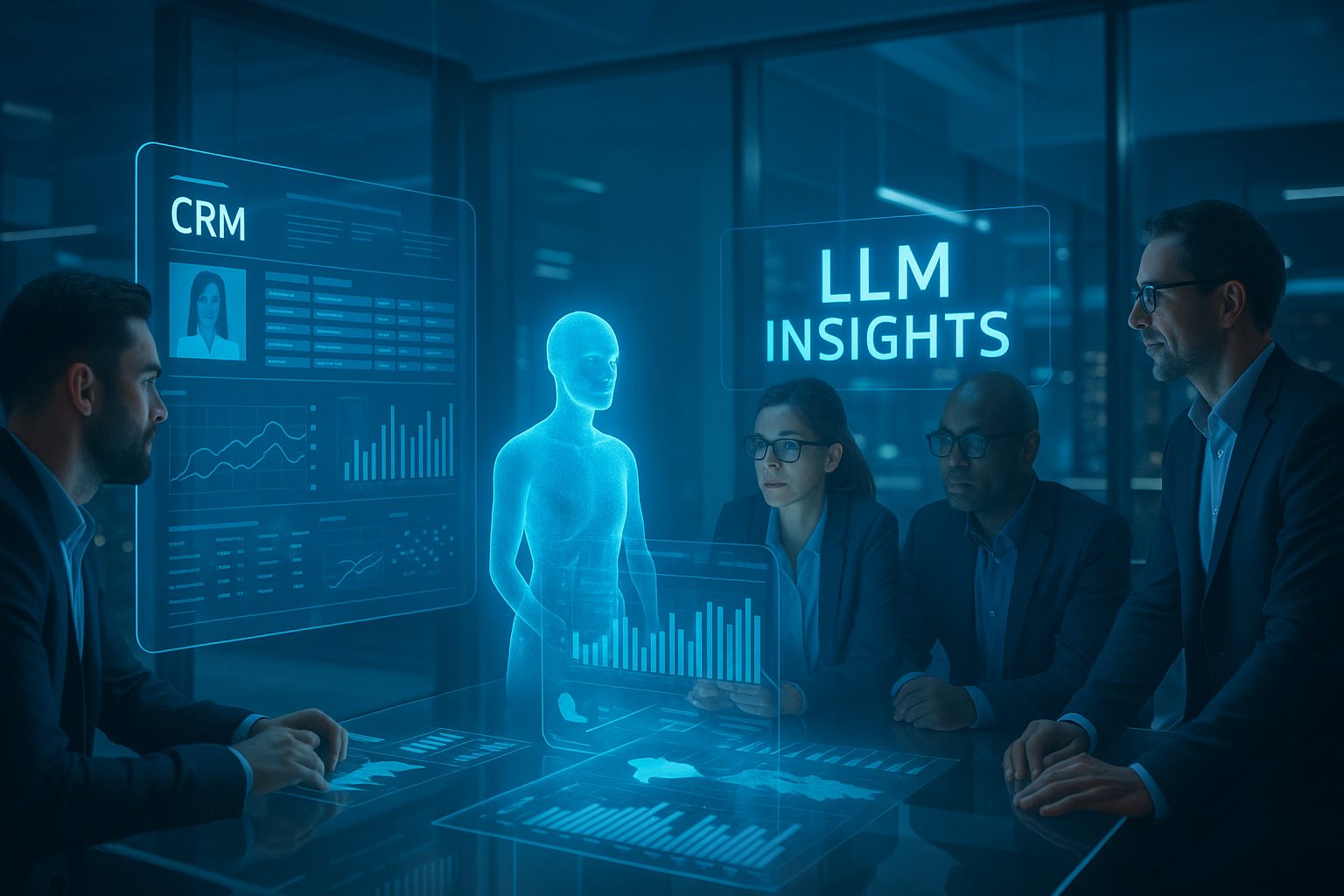
From Memory to Model – Lessons from CRM model development at SADE Innovations
How can a CRM model improve internal collaboration in an engineering-led company? This article summarizes a Master’s thesis that examined how SADE Innovations Oy structured its customer relationship management practices in early 2025. The findings highlight both practical benefits and strategic opportunities of shifting from memory-based customer care to a shared, process-driven model.
Introduction
SADE Innovations Oy is a Finnish technology company specializing in IoT and embedded systems. In early 2025, the company began developing and implementing a structured customer relationship management model (CRM model) to improve internal coordination and long-term client engagement. This article summarizes the results of a Master’s thesis that examined the CRM model’s development process, practical impacts, and future opportunities.
From Decentralized to Coordinated
Prior to the development project, SADE Innovations used a basic CRM system primarily to track sales funnels. Customer relationship management was handled in a decentralized and informal way, with most of the relevant information stored in individual memory or personal notes. Project work often proceeded without systematic documentation or clear ownership of the customer relationship after the offer phase.
Through interviews with sales and project personnel, the study found strong support for a more structured model. Early benefits of CRM system adoption included improved pipeline visibility, clearer division of responsibilities, and better coordination between sales and engineering. Especially in a project-based environment, shared access to customer data helped anticipate workloads and align delivery efforts.
From individual memory to shared understanding.
Before CRM model development, customer relationship knowledge at SADE Innovations often resided in individual memory and informal conversations. The new model structures that knowledge into a shared, visible, and actionable process.

From individual memory to shared understanding. Image generated with OpenAI DALL·E.
Expectations for the CRM model
Interviewees emphasized the need for a common logic that supports follow-up routines, role clarity, and proactive customer care. There was a shared view that CRM should go beyond technical administration and support the company’s strategic aim to build long-term client partnerships. Importantly, CRM was not seen as a traditional sales tool, but as a way to strengthen internal coordination in technically complex customer relationships.
Suggested CRM model KPIs
To ensure long-term impact, the thesis proposes a set of process-oriented KPIs to support CRM model maturity at SADE Innovations. These include:
- Documented next actions for each account
- Contact frequency compliance based on account tier
- CRM usage across sales and technical roles
- Completion tracking for agreed follow-ups
- Lost opportunity analysis and documentation.
These KPIs help ensure that CRM is used systematically across roles, supports customer continuity, and provides feedback for ongoing improvement.
AI and Large Language Models in CRM development
Although the CRM model developed in this project is not based on artificial intelligence, the findings indicate that emerging technologies like AI and Large Language Models (LLMs) could play a meaningful role in future development. In engineering-led firms, much of the customer insight currently depends on the personal experience of experts, shaped by training, tacit knowledge, and project history.
AI tools can increasingly support the work of human experts by assisting in tasks such as summarizing customer interactions, suggesting follow-up actions, and improving documentation. In organizations like SADE Innovations, where time is limited and customer responsibilities are often split across roles, such tools could strengthen continuity and responsiveness. Importantly, AI would not replace expert judgment but complement it, especially when integrated into an existing CRM structure that reflects the company’s real working practices.

AI and CRM collaboration enhanced by LLM-driven insights. Image generated with OpenAI DALL·E.
Conclusion
The CRM model built at SADE Innovations provides a foundation for more systematic, transparent, and scalable customer relationship practices. It responds directly to the company’s internal needs and engineering culture, focusing on coordination, documentation, and continuity. At the same time, it opens up a path for integrating intelligent tools in the future, enabling expert-level insight to be supported by structured processes and data-driven guidance.
To ensure that the model is applied consistently and evolves effectively, the implementation of targeted CRM-specific Key Performance Indicators (KPIs) is essential. These KPIs allow the company to monitor its progress using jointly defined parameters, strengthen shared accountability across roles, and support long-term development of customer-centric practices.
More broadly, this type of approach, linking strategy, practical routines, and system use, can help create shared rules of engagement for sales and leadership across the organizations.
Graduant´s thesis in Theseus https://www.theseus.fi/handle/10024/886214